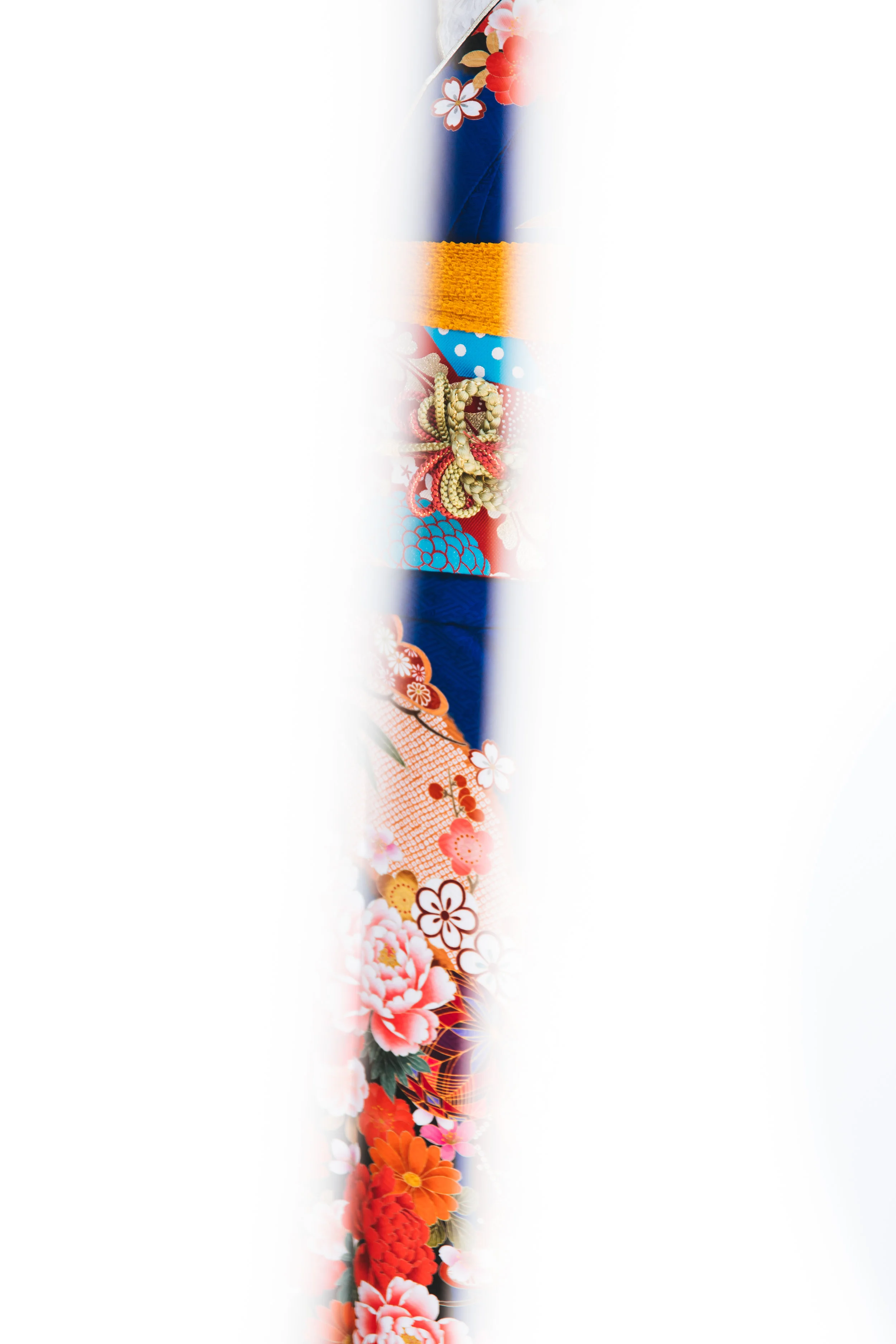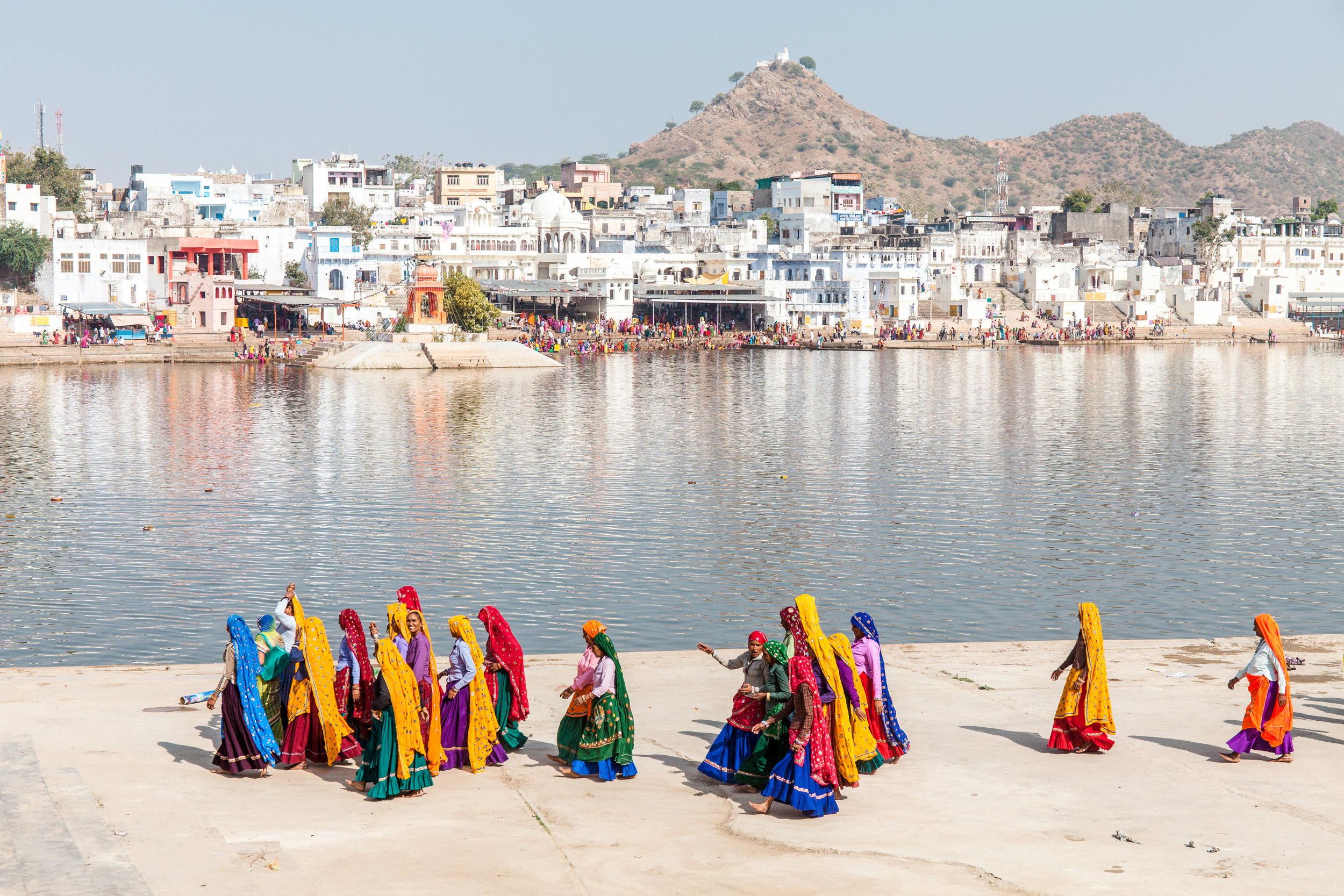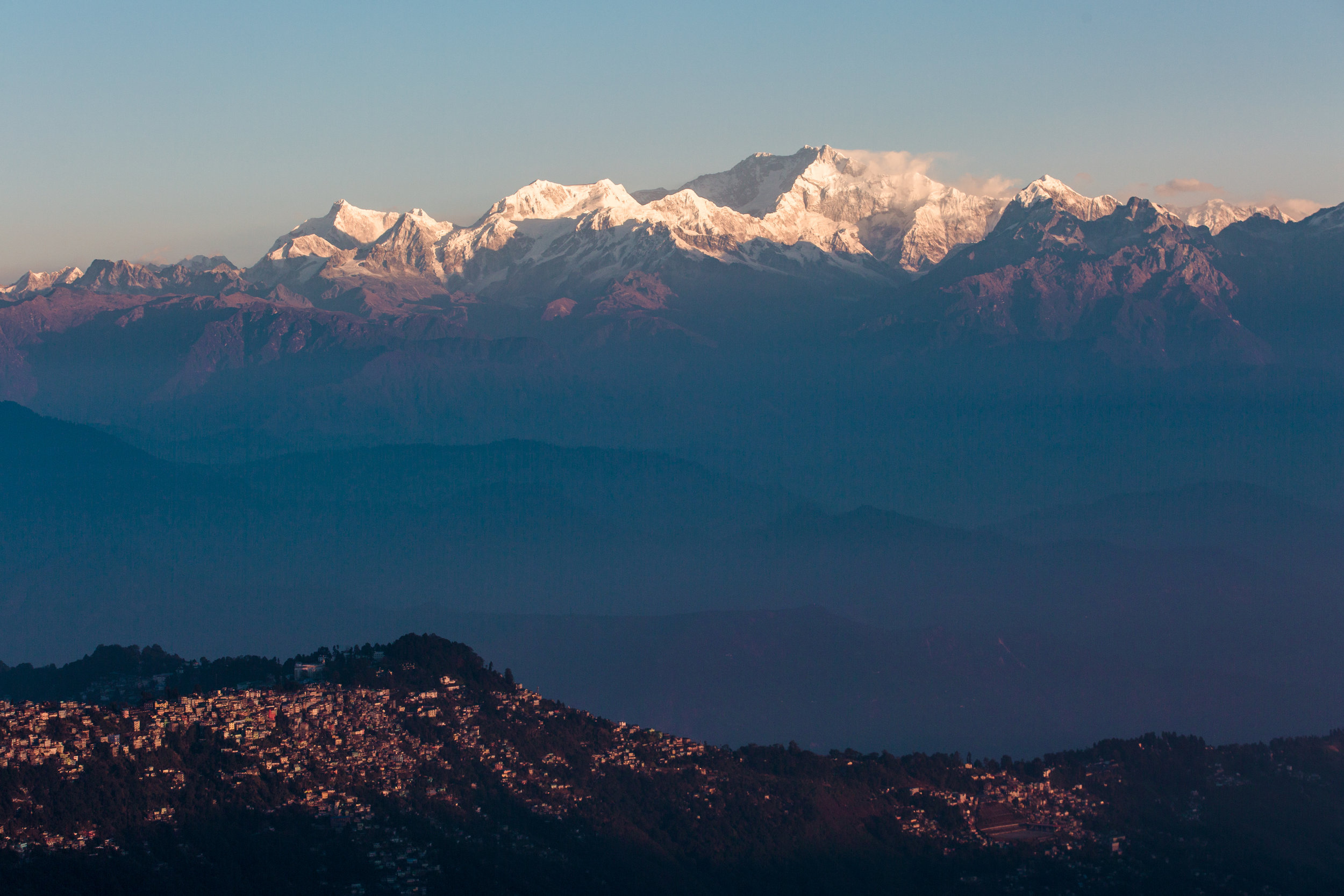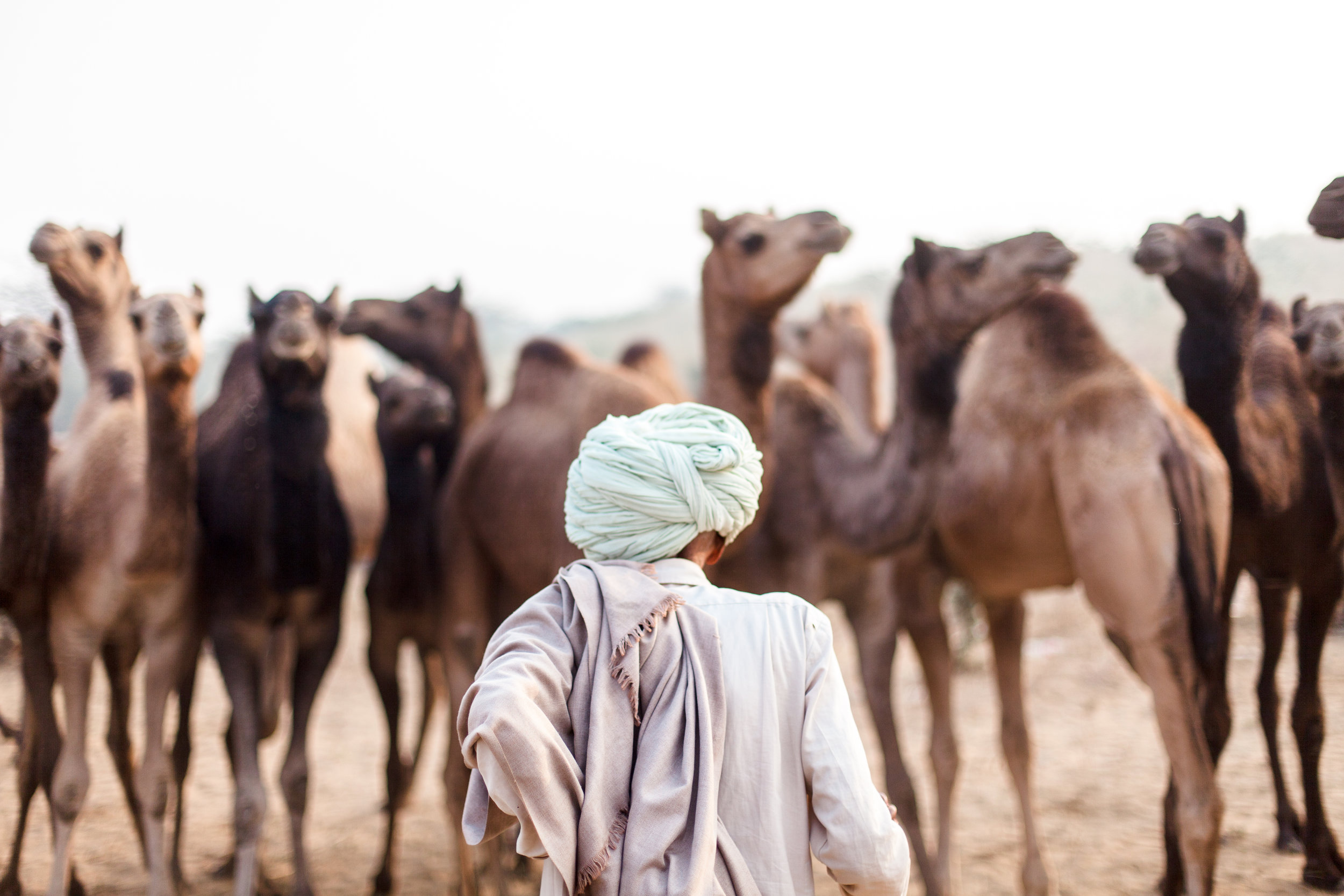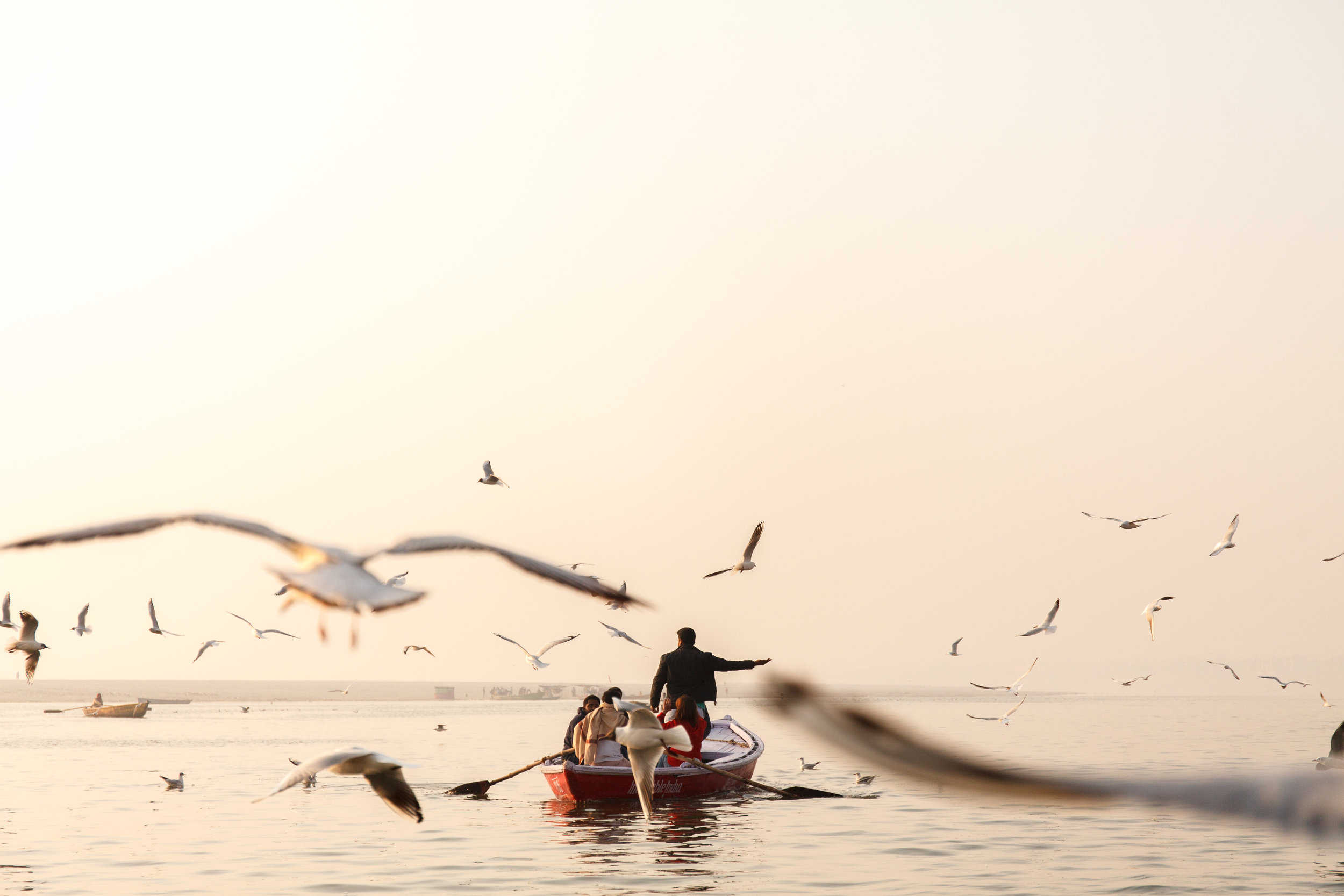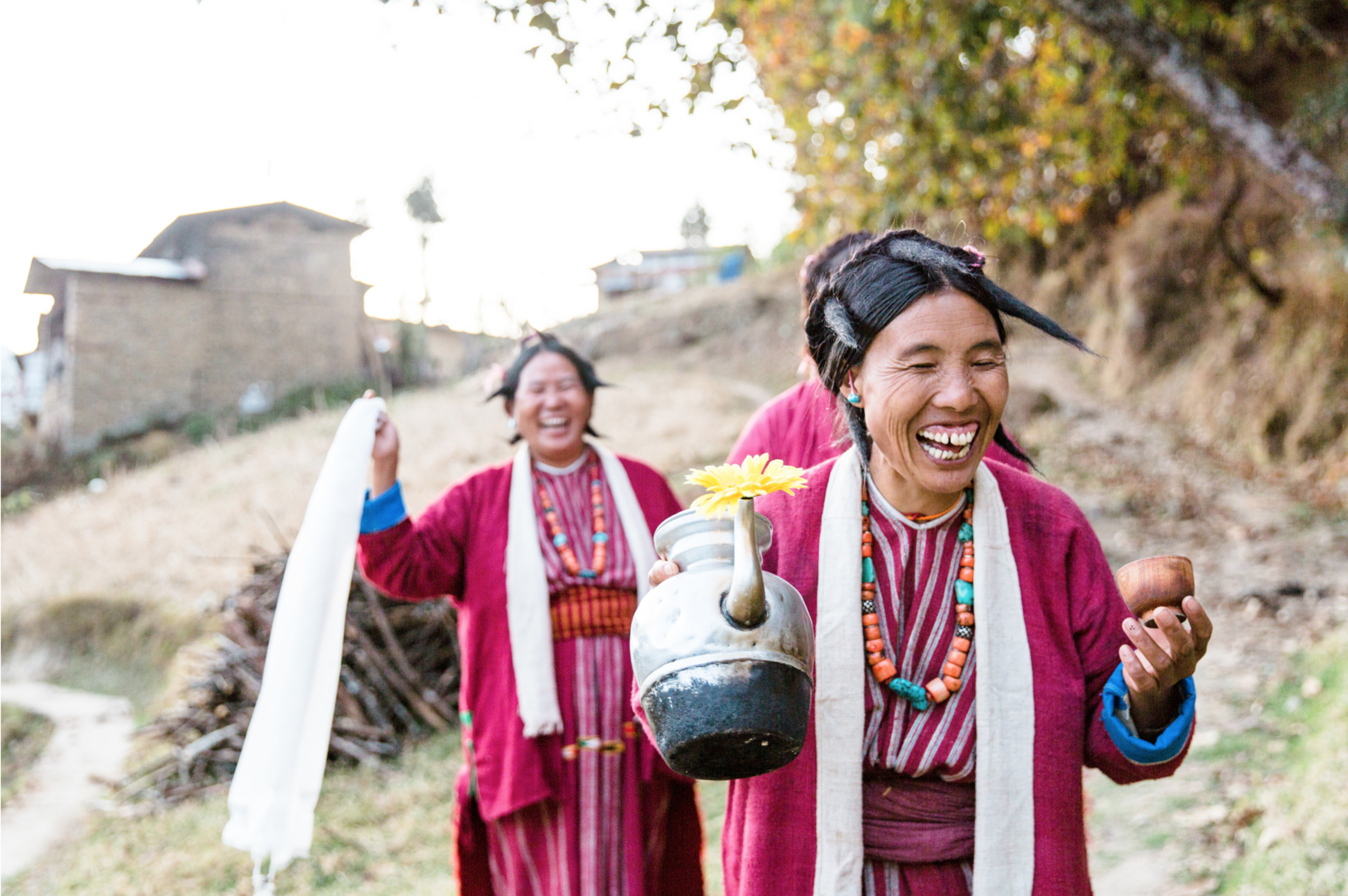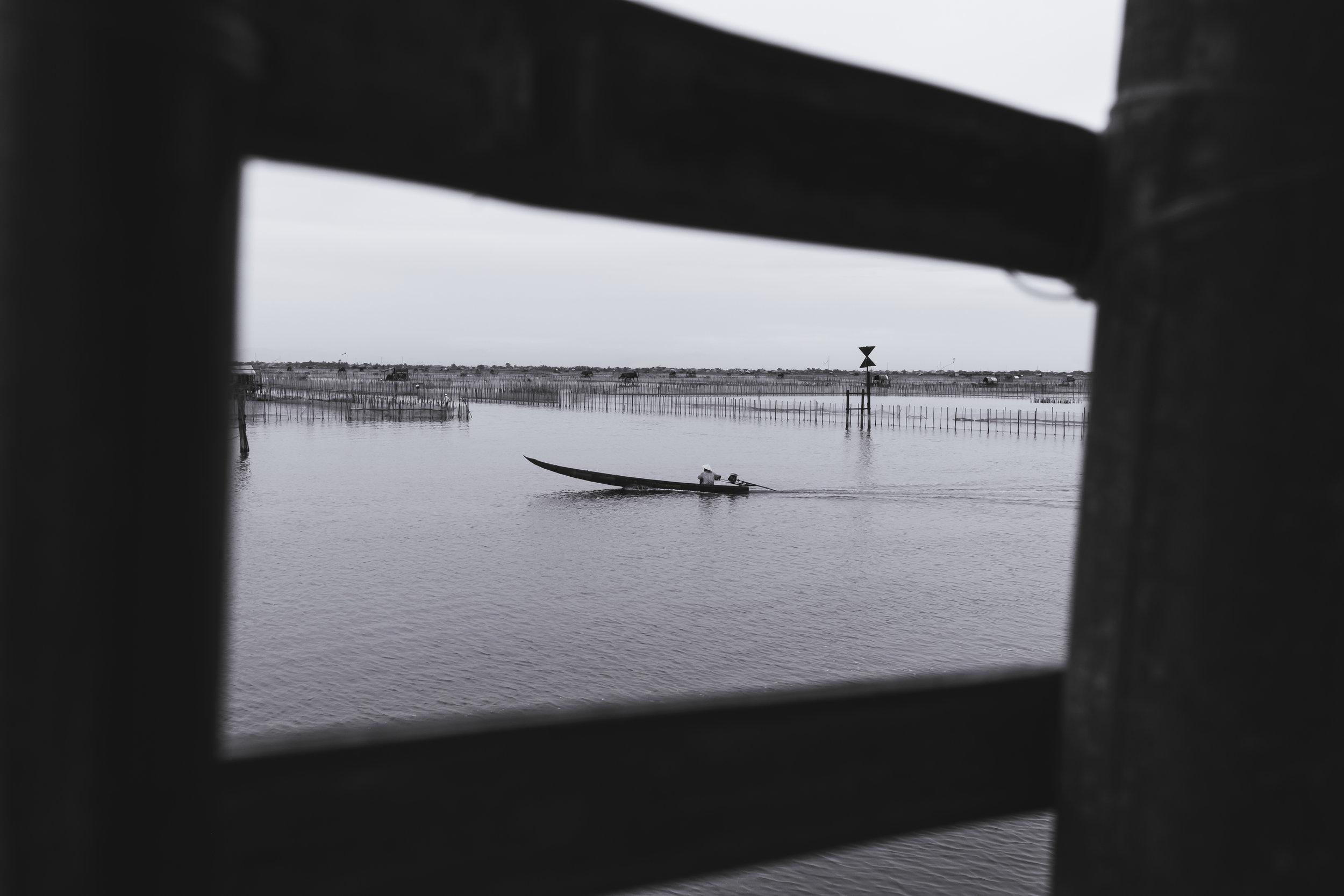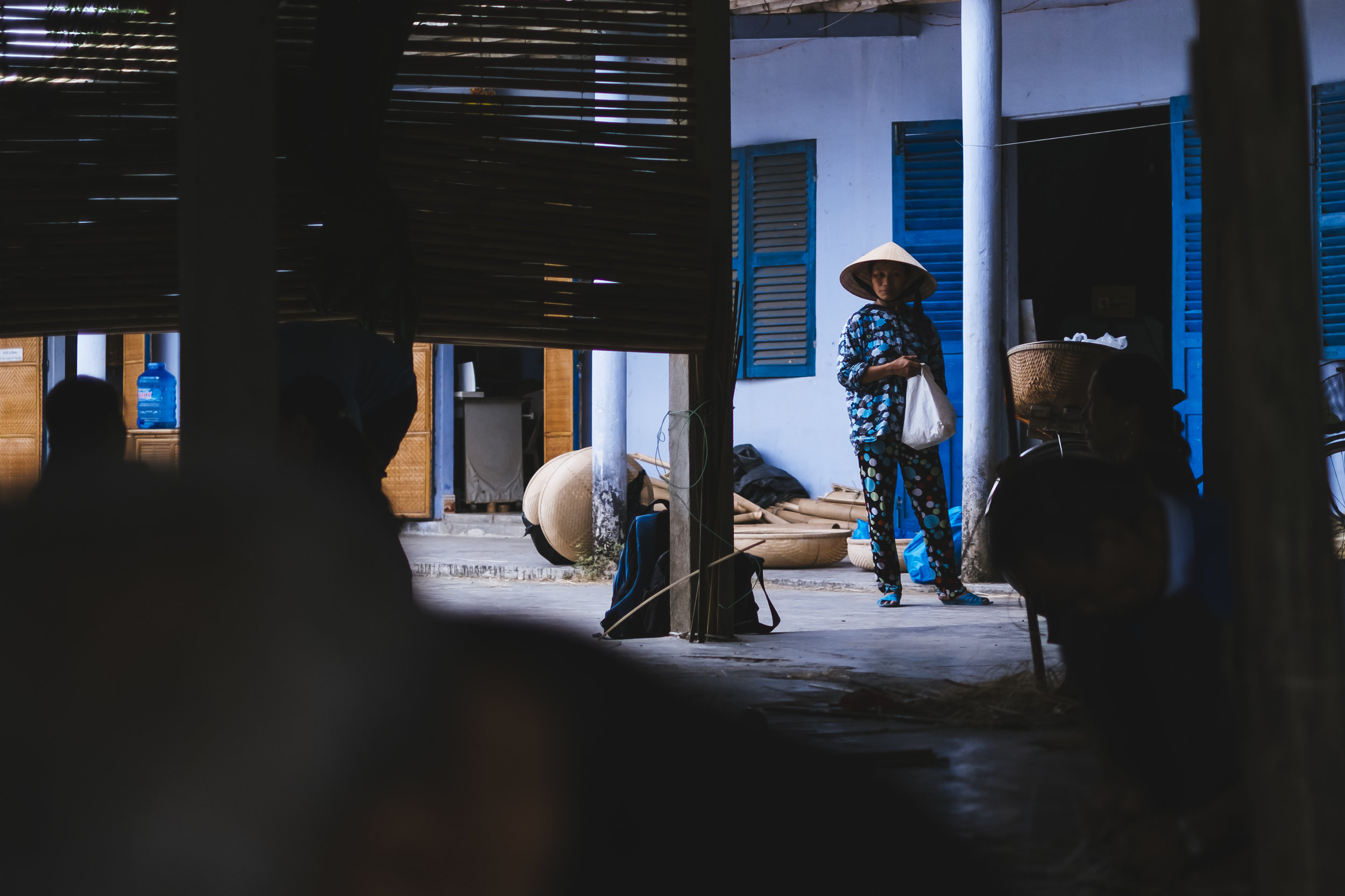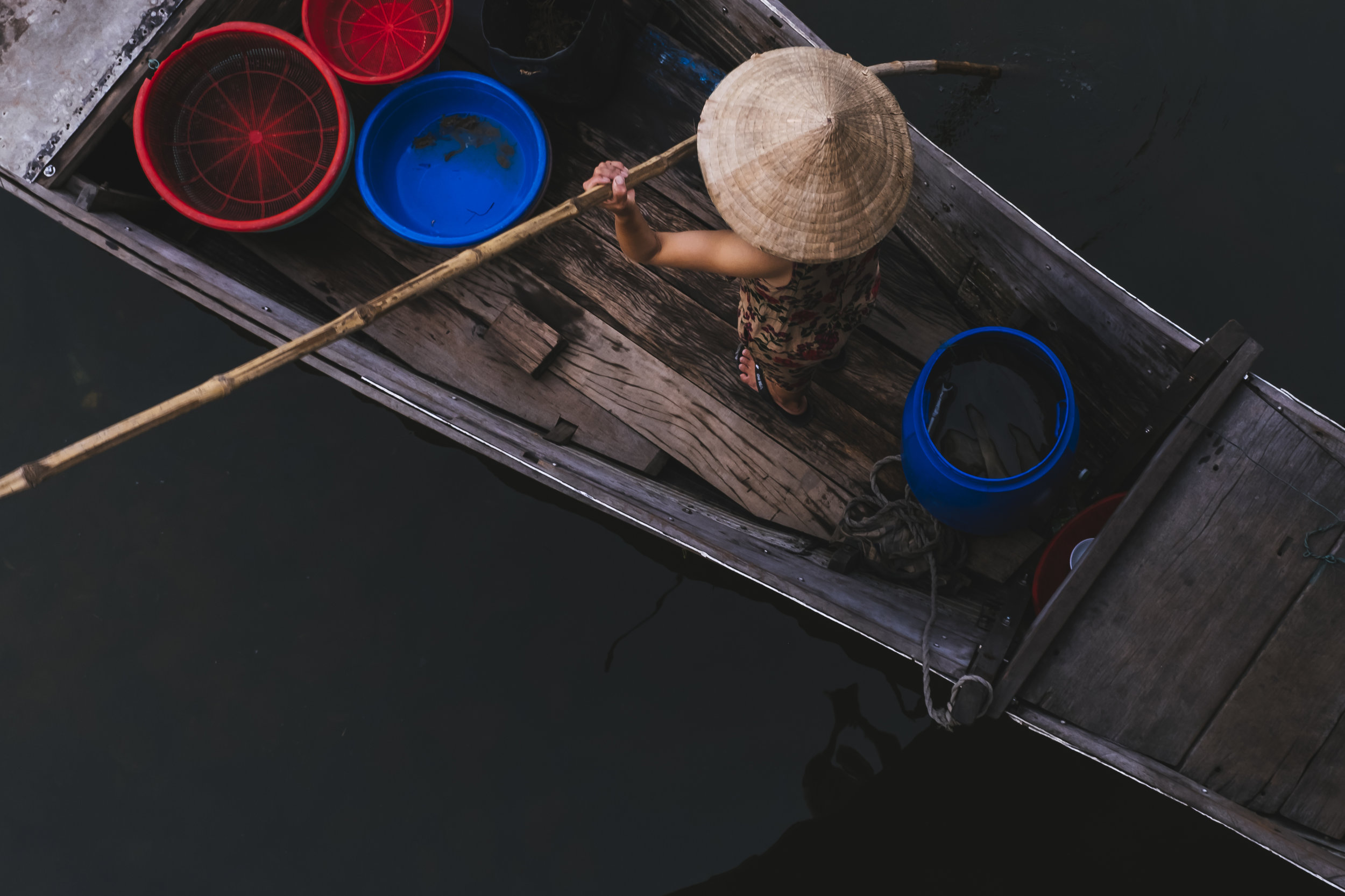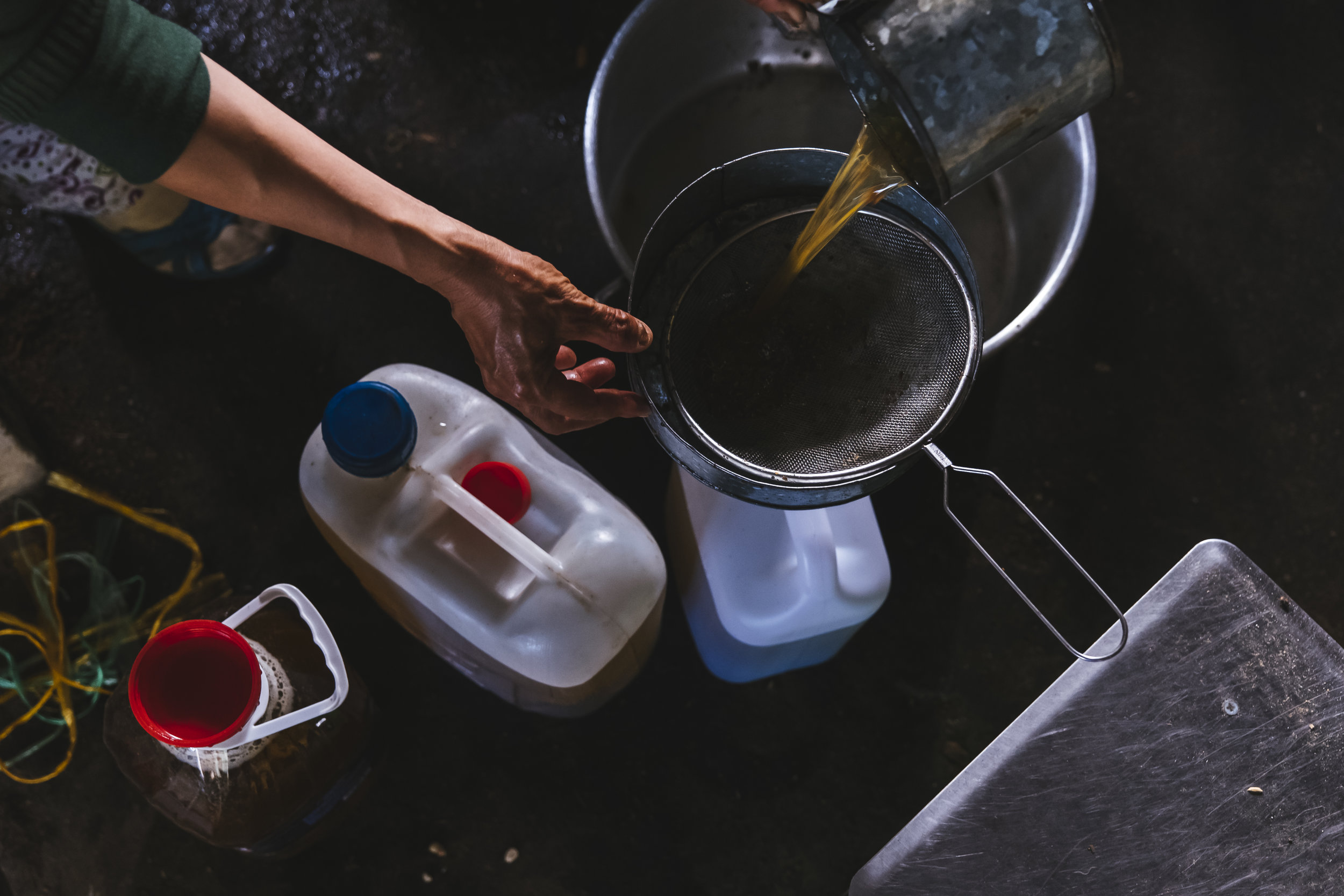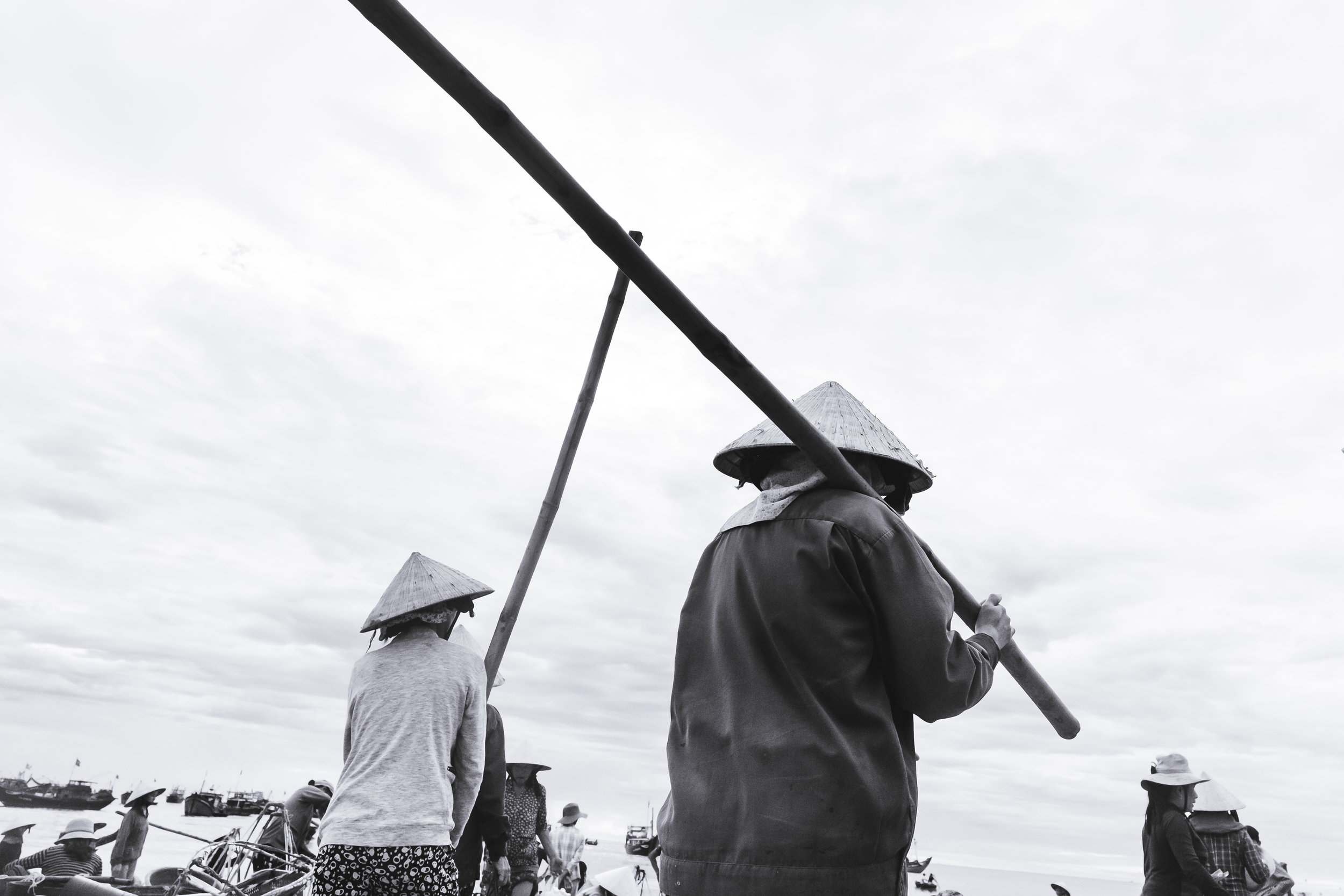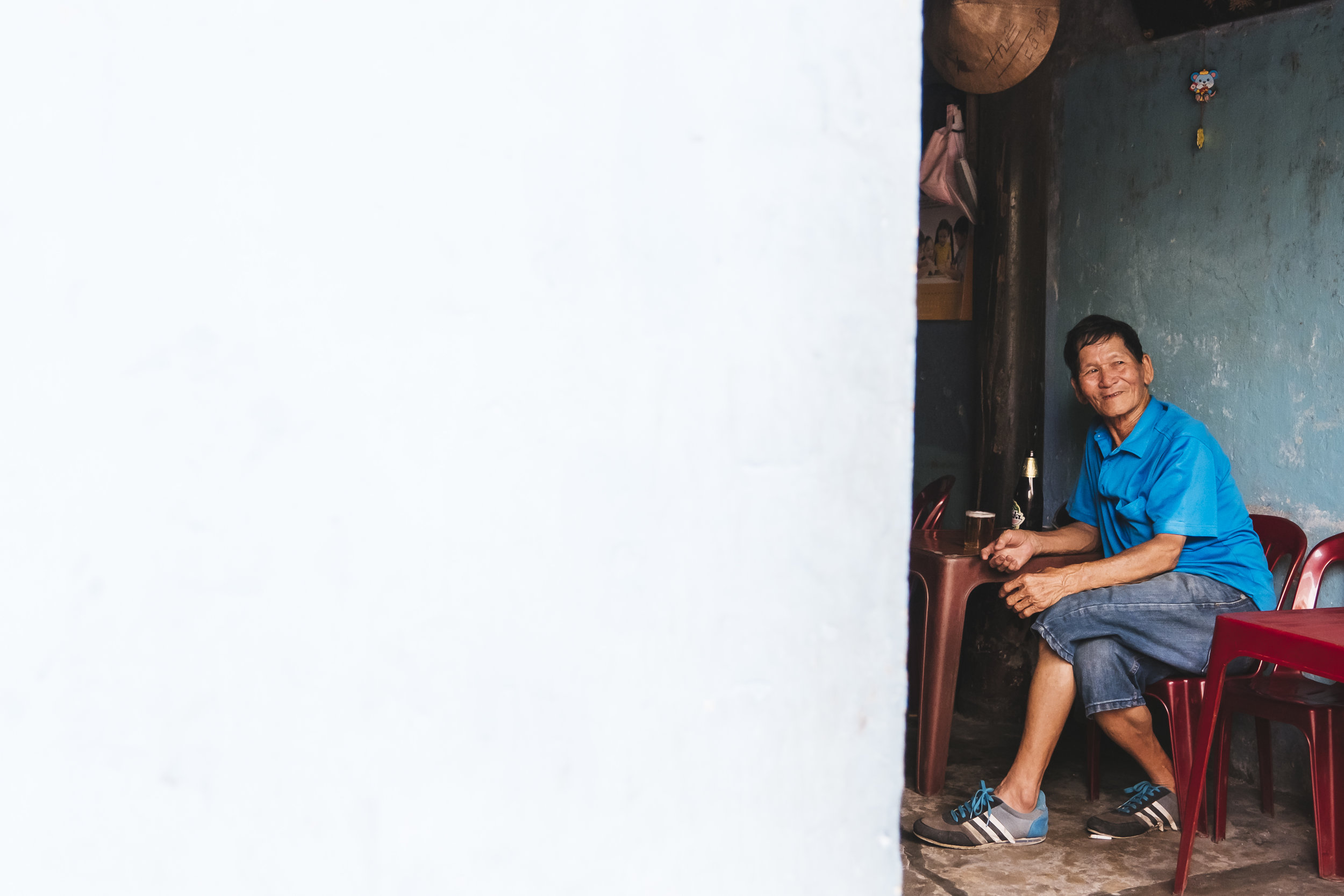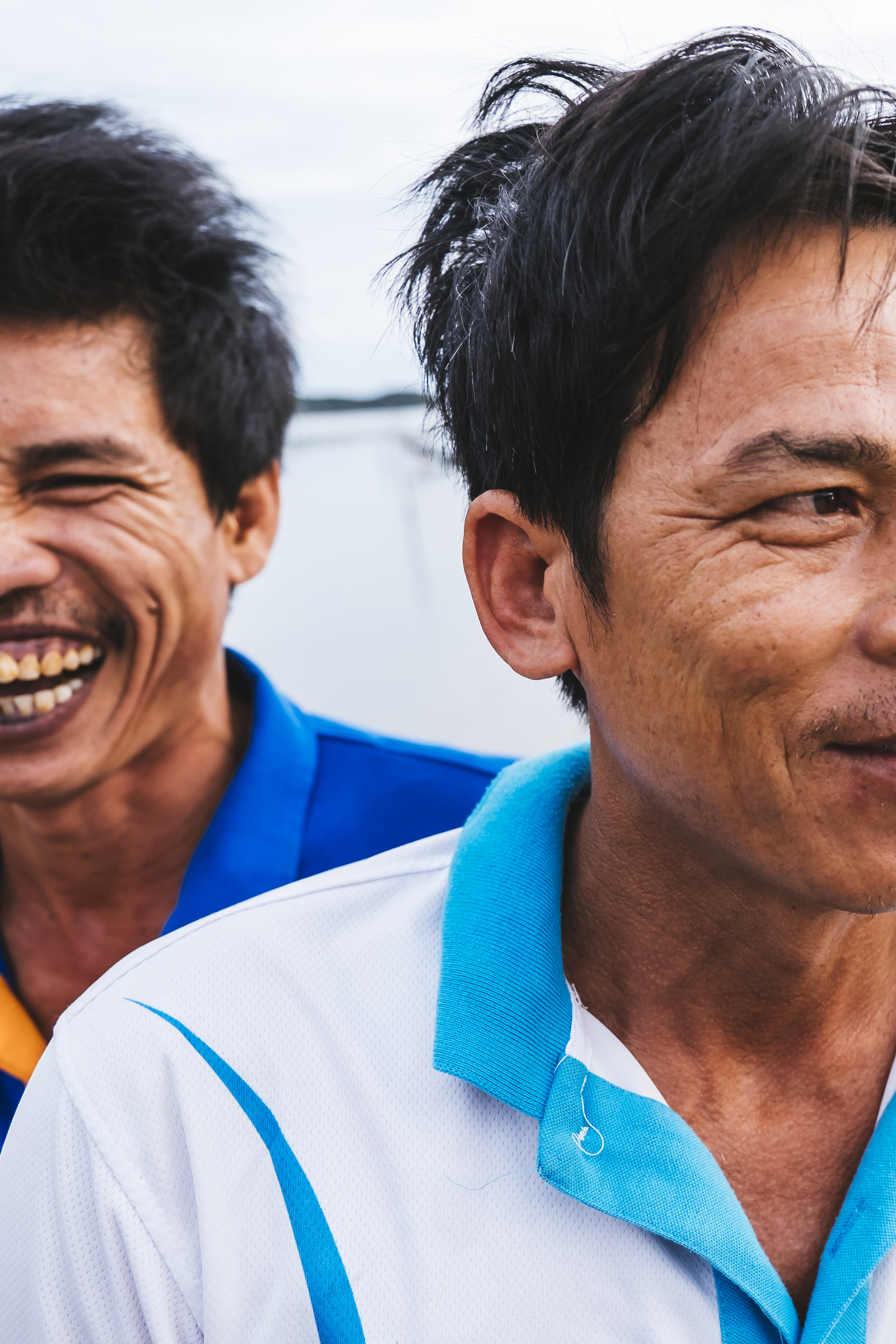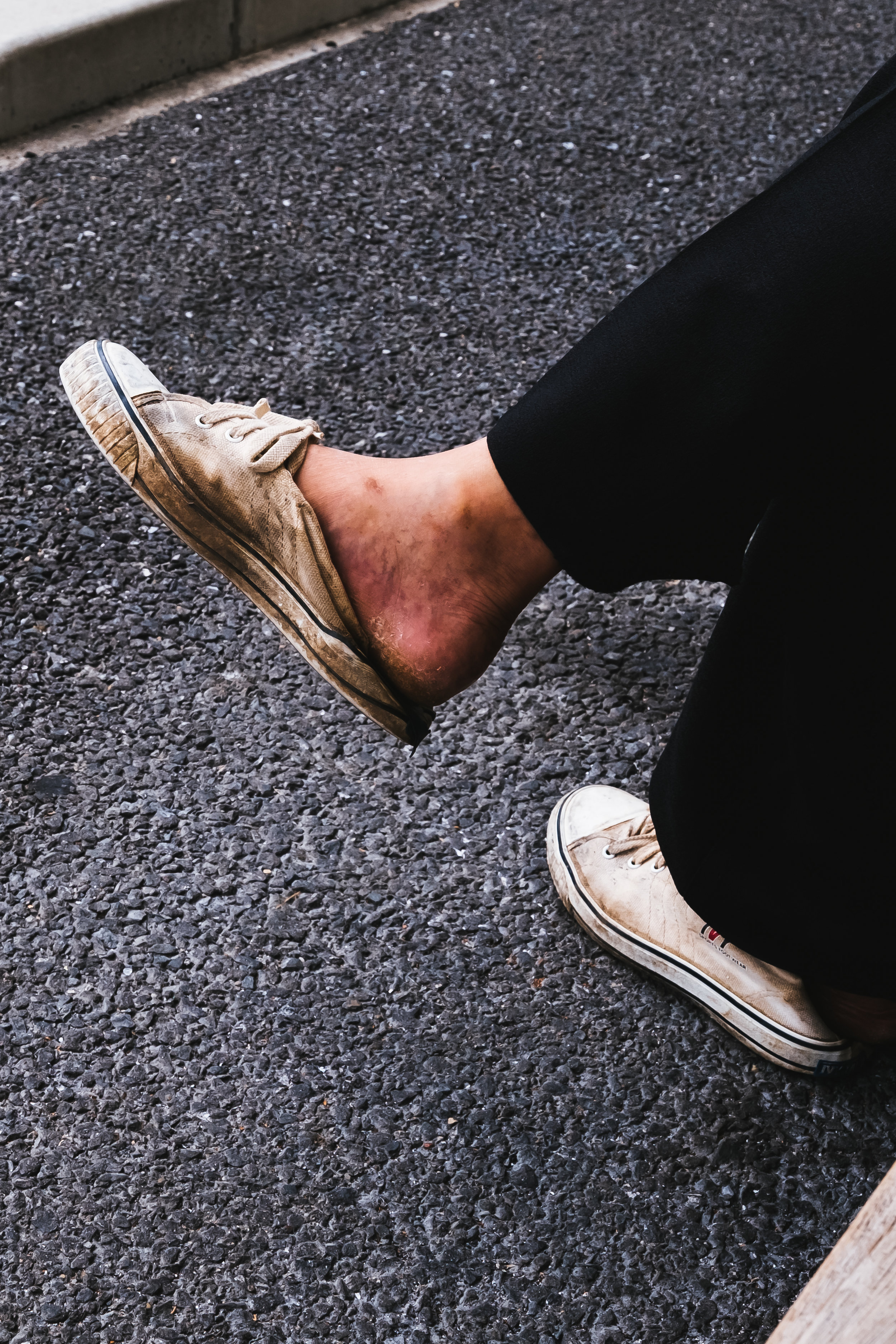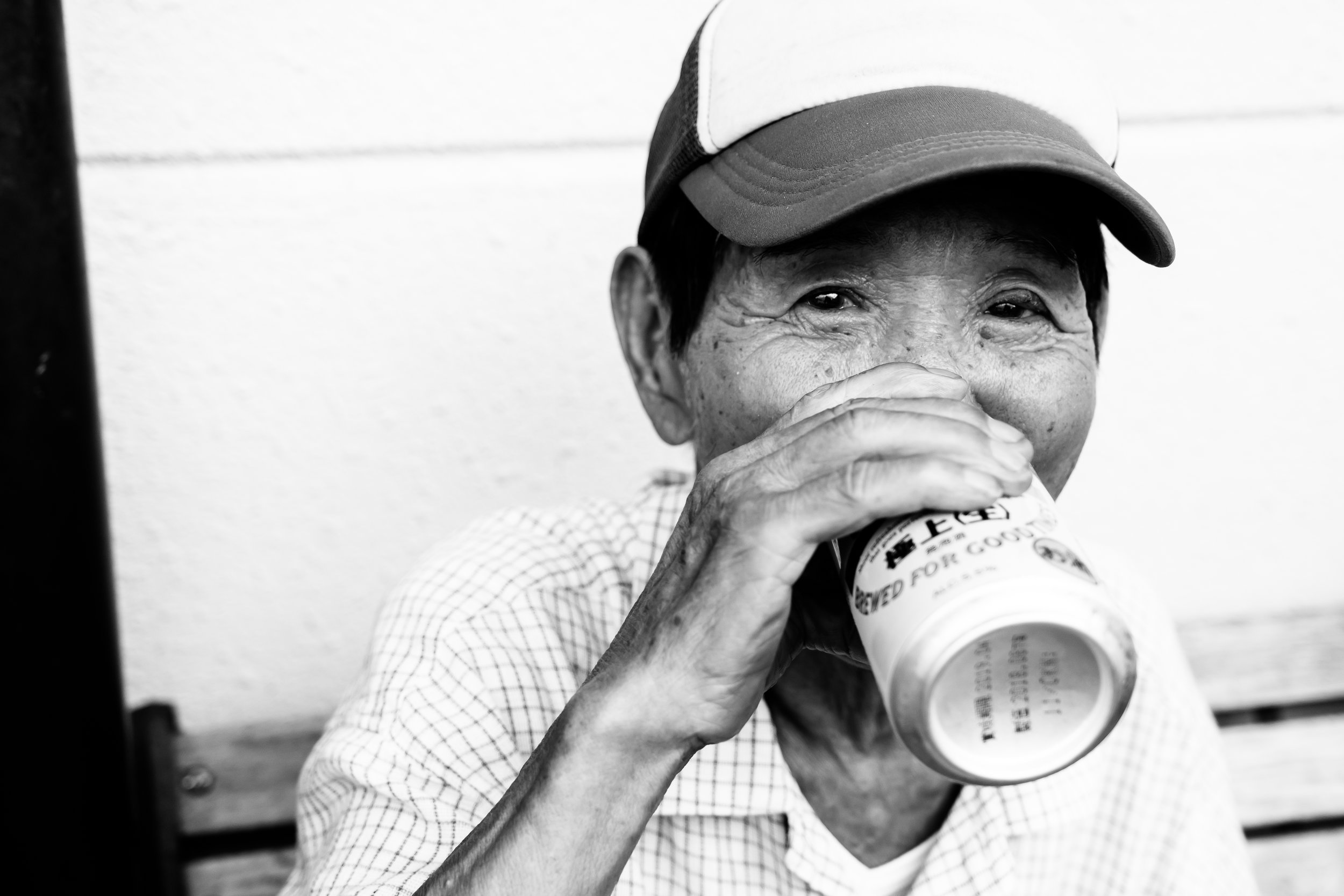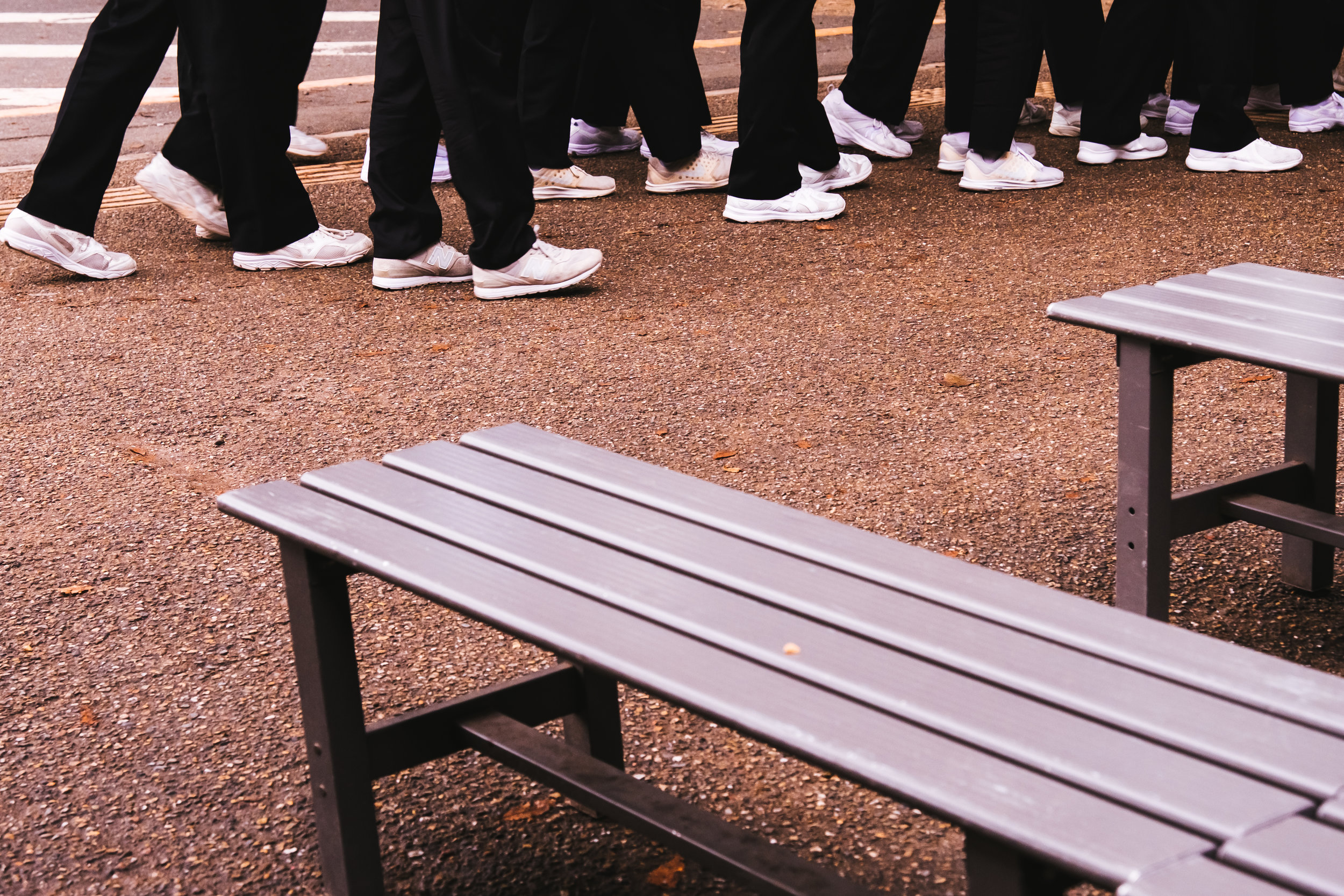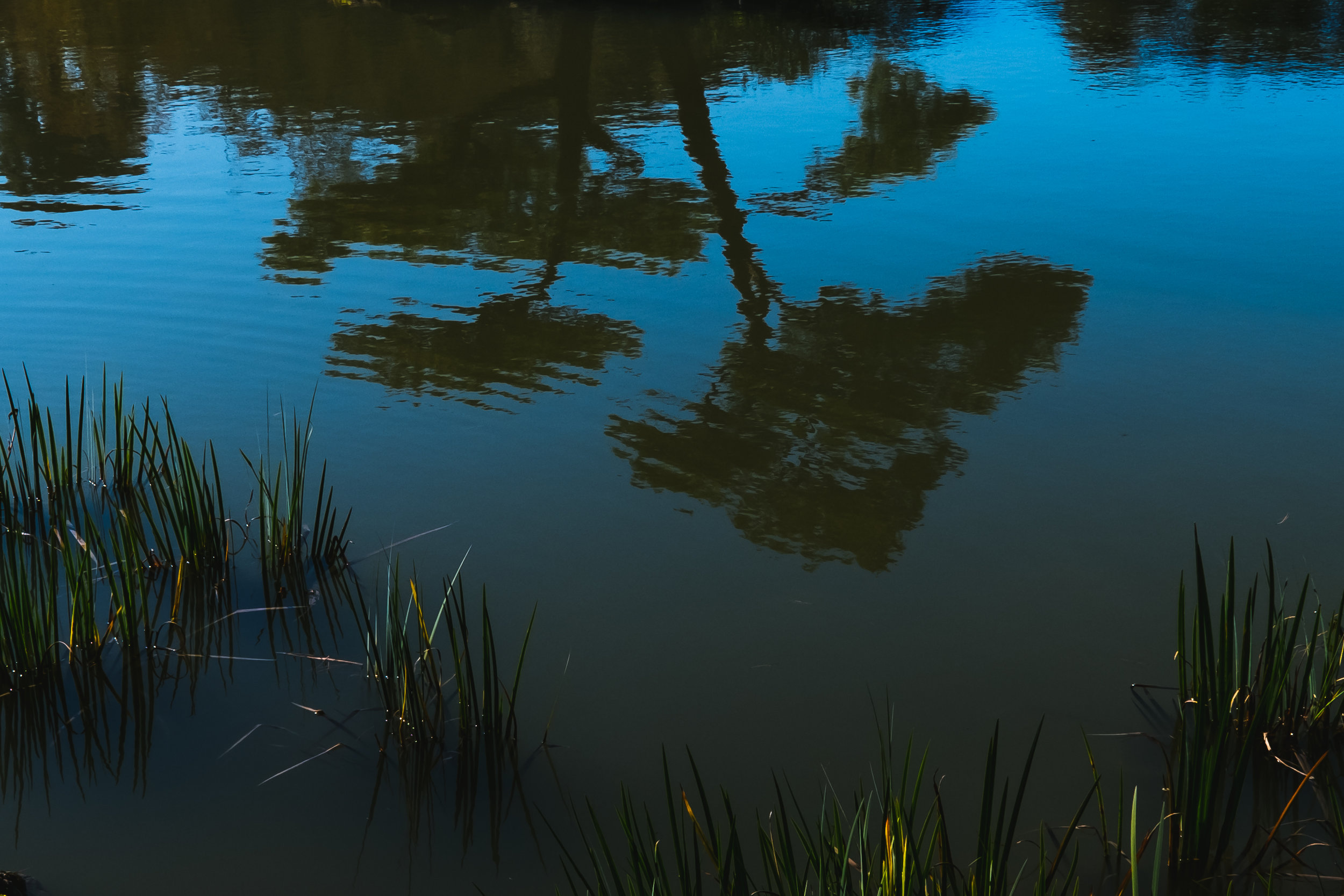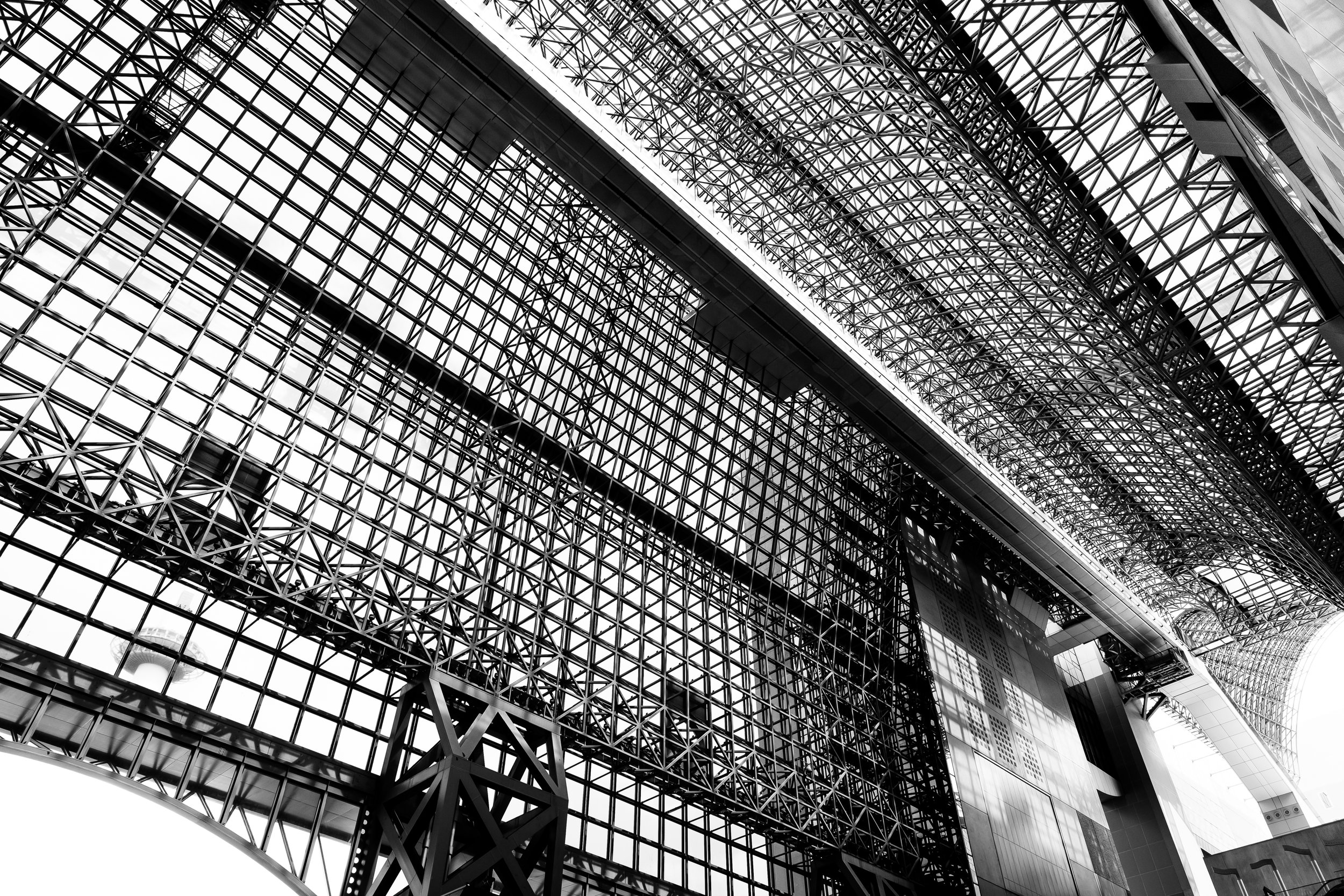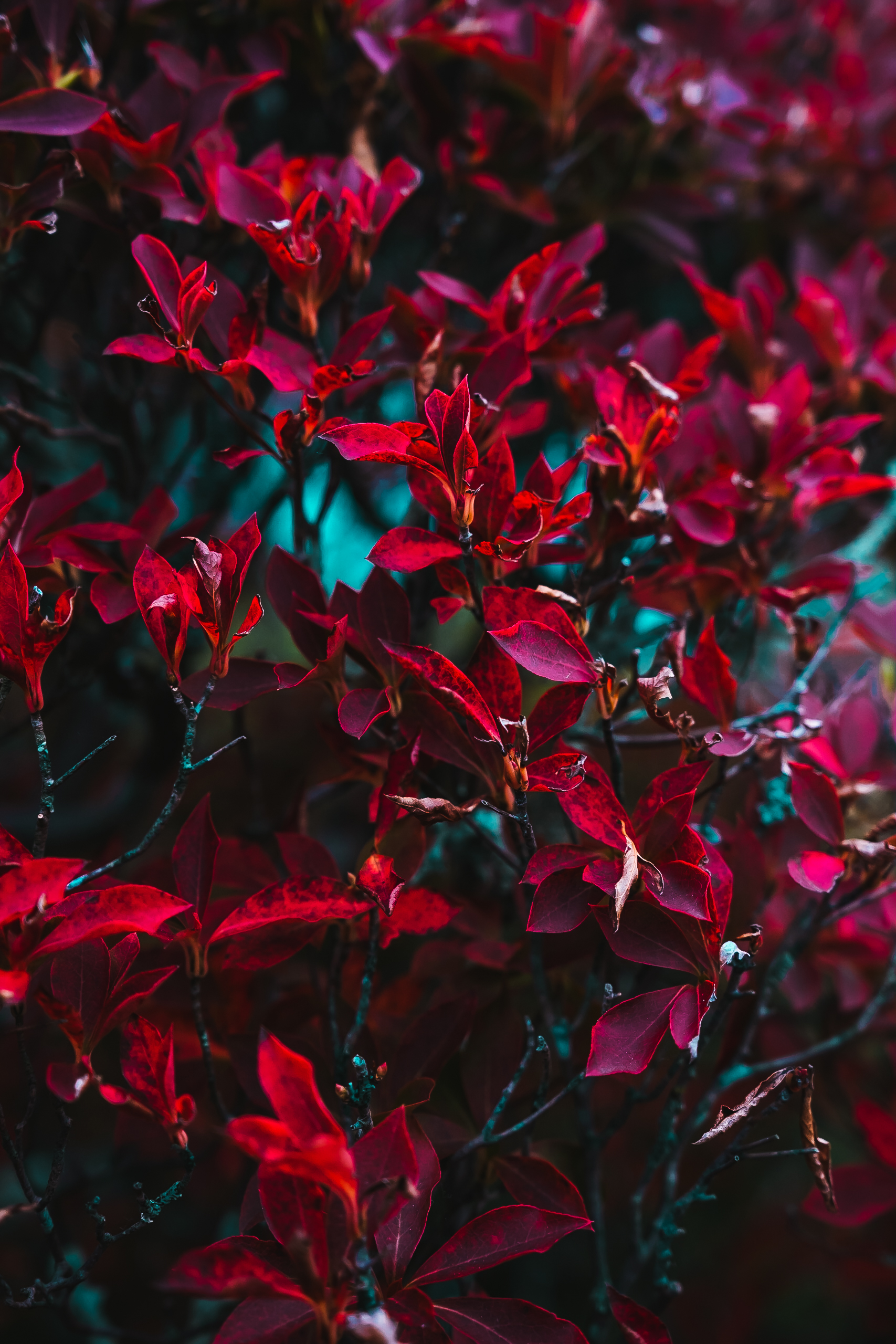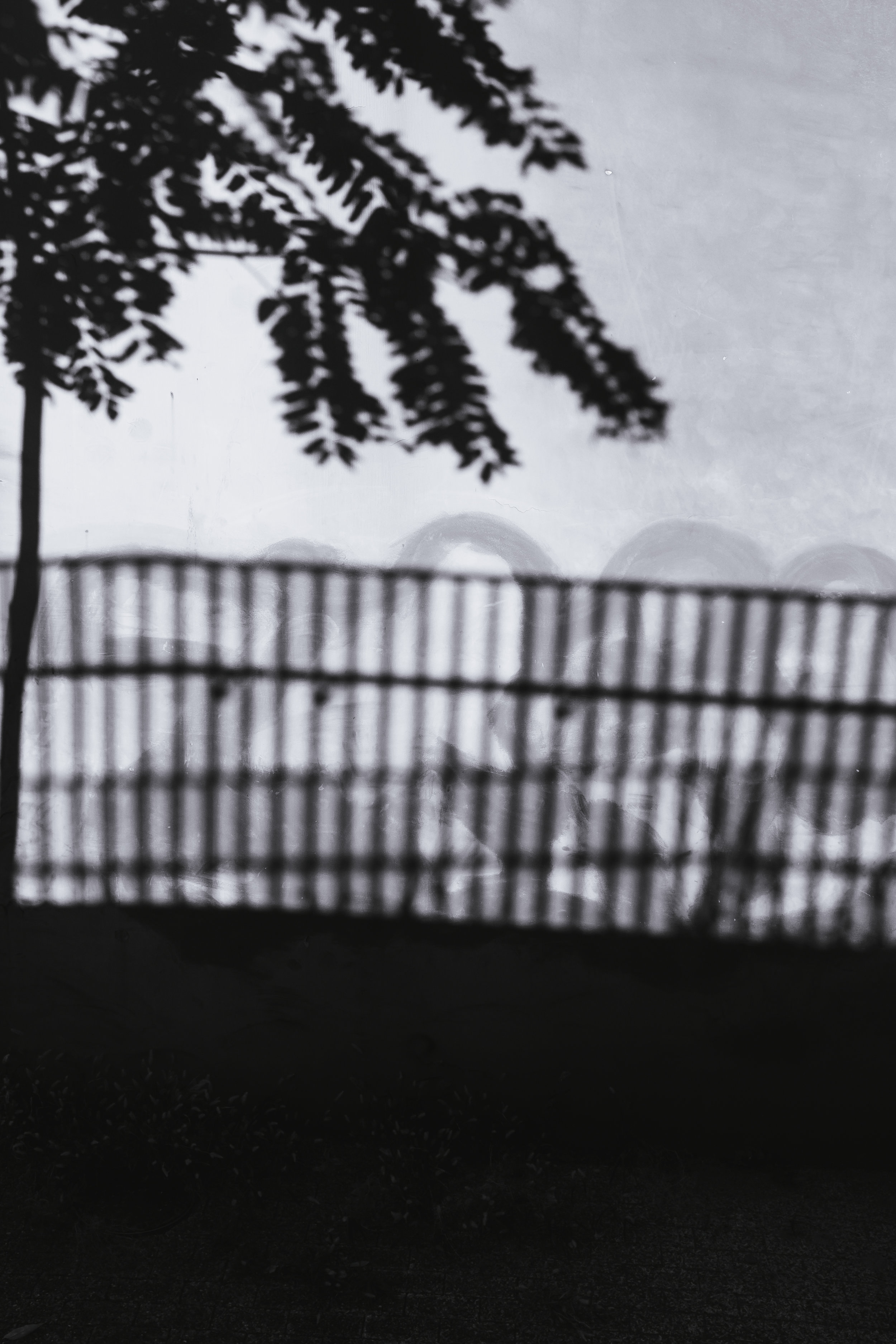Travel Photography
Kyoto Photo Journal #2
Kyoto Photo Journal #1
Today’s Inspiration | Annapurna Mellor
Like most photographers, I spend a notable chunk of time looking at images. I mull over my colleague’s work to be inspired or to study their technique. I dive into their images to see how they create story and to notice how they compose elements. More often than not, I just look at their work because I am in love with photographs.
A travel photographer by trade, I constantly thumb through travel magazines and devour travel-based imagery online. A couple of years ago, I stumbled onto ROAM, a stellar platform showcasing travel stories and photo essays. Inspired by the contributing authors and image makers, I spent hours on ROAM enjoying the various articles and daydreamed about new travel possibilities. I also noted the photographers who stood out from the crowd. One photographer whose work I particularly enjoyed was Annapurna Mellor, the co-founder of ROAM.
Left wanting more, I dove deeper into Annapurna’s photography on her website. I was impressed with her keen ability to make images and collections with a strong narrative arc and how the young photographer captured a variety of aspects of the travel experience. Annapurna’s Europe and Asia-based galleries transported me to the destinations and offered a fresh perspective on those well-worn locations. Frankly, I was inspired by her work.
Then and there, I became an Annapurna Mellor fan and wanted to know more about her, her creative process, and what is next for this rising star of the travel photography world.
Annapurna Mellor
Age: 27
Current “home” base: Manchester, UK
Favorite travel destination: India
Primary gear: Canon 5D Mark III
Favorite Lens: Canon 24-70 2.8 II
You were born in England but moved to the United Arab Emirates when you were quite young. Do you feel that growing up in the UAE influenced you in any way as a photographer?
I lived in the UAE until I was 7 and then we moved to Australia before we came back to England. I don’t think those years influenced me as a photographer in any way, except for the fact that my Dad is a photographer and he was very actively photographing during those years. I think it affected me the most as it made me a very good traveller.
I am very comfortable in foreign places, communicating with people from different cultures, and being confident as a woman alone in these places. I often feel more at home in places far away than I do in England.
You have spent a lot of time roaming and photographing in India. What has India taught you about yourself as a photographer?
India is a place which has had a tremendous effect on me as a person and as a photographer. I think there is a focus in Indian, and other Eastern cultures, to look into yourself to find happiness. Therefore, there’s a strong emphasis on spirituality, ethics, and practices like yoga and meditation. While in the West, happiness is supposed to come from things like a successful career, a nice house, a big TV. Even though I live in England now, I still look primarily to the East for “rules” on happiness and I feel like I need to return at least once a year to retain a clear mind.
Are there any photographers whose work you are currently inspired by?
I am currently reading ‘It’s What I Do’ by Lynsey Addario and I’m very inspired by her images and her life story. Although I don’t have much desire to go into war zones, I think the way she approaches humanity can be transferred to many different kinds of photography including the work I do which is essentially travel photography with a human touch. She photographs important stories and people in a way which is still artistic and beautiful. This is a combination which I constantly aim to achieve in my photography, and something I’ve been thinking much more about since reading her book.
Photographers on Instagram also inspire me everyday, and I think the app is so wonderful if used in the right way. Some of my favourites photographers are Catherine Wessel, Frédéric Lagrange and Melissa Findley.
What are your passions outside of the photography world?
I love food and cooking - I’ve been a vegetarian for 12 years and I’m really passionate about vegetarian food and lifestyle. When I’m home I’m often trying to recreate some of the amazing dishes I’ve had around the world.
On Photography
Why photography? What is it about the medium that resonates with you?
It’s only since I started taking photographs that I have realised that I am a very visual person. I’m very attracted to light, colour, movement. Capturing those things in a beautiful way has become an obsession for me. Photography has the power to tell a story through a single image, and to have a huge impact on the way that the viewer looks at a place or a culture. I really love that someone can look at one of my images and learn something about a place or a culture they may not have known before.
To you, what makes a good image?
I think a good image forgoes a lot of the conventional rules of photography and creates an atmosphere or a feeling which is quite extraordinary. We see imagery so much these days, through advertising, social media etc. It’s everywhere. We become so used to seeing certain rules and formulas in photography, and for me what makes a good image is something which goes above and beyond these rules, but still creates something incredibly beautiful and powerful. Emotion is also really important to me. I love a photograph which makes me feel something.
Nepal to Ibiza - Morocco to Italy. At this point, you have photographed a lot of destinations and various story threads. What subjects are you drawn to photographically?
People are always my favourite subjects to photograph - particularly when combined with amazing light. I really enjoy working on projects for a couple of days - capturing the same people or cultures and creating a story from the images. This is definitely something I’d like to focus on more in the future.
On Process
You are also a travel writer. How does your experience as a writer contribute to the way you shoot?
Photography always comes first for me. I’m always much more focused on making images than I am working on words. I really enjoy writing and it’s definitely helpful to be able to write in terms of broadening my appeal to clients. Often, when I shoot as a photographer, I am thinking in terms of stories - stories of a place or of culture. I like to be able to weave my photography into stories and sometimes accompany that with writing.
My headspace when traveling is basically, ‘Where’s the light? Where are the faces? Where are the colours? Where’s the picture?’ I operate like this 24/7 when I’m in a photogenic place.
On Career
It seems as though your career as a travel photographer has had a steep, upward trajectory. How have you arrived at this point in your photography career?
I graduated from university in 2013 and booked a one-way ticket to Kathmandu which resulted in a year of solo travel in Asia. I had never properly taken photos before that, but in that year I fell in love with documenting the world. By the end of that year I had decided I wanted to pursue photography as a career. However, from that point to now, it was a lot of grafting, hard work, building my portfolio while working crappy jobs, and sending so many emails out to brands and publications I wanted to work with.
I went full time almost 2 years ago now, and it’s still a rollercoaster - with ups and downs all the time.
Is there a single image that defines where you are currently as a photographer? How is this image indicative of where you are in your progression as a photographer?
It’s hard for me to choose a particular image, but I’m really proud of the work I did on my latest trip through India. I have an image of some women of the Monpa tribe in Arunachal Pradesh, India which I really love. I spent the afternoon with them, eating an amazing homemade lunch and photographing them in their village. Accompanying the afternoon was a pot of arra, a local buttery rice wine. When I left, the women followed me along the path, continuing to fill my glass with more arra and found the whole situation hilarious. Photographs of tribes are often shot in a miserable way, and I really love how this shot highlights the joy of the Monpa people.
What has been your career highlight so far?
Shooting for two of my all time favourite magazines - Lonely Planet and National Geographic Traveller. It is such an honour for my work to be considered good enough to be published by them.
What have been some failures you have experienced as a professional photographer?
Money and consistent work is the hardest thing, and I still struggle with both all the time. I think every creative struggles with this especially in the first few years of freelancing, but photography seems to be having a particularly rough time with the amount of free and cheap images now available on stock.
As photographers, we all have a dream photo assignment. What’s yours?
I would love to photograph Bhutan or Tibet, but I love anything which involves telling the stories of people and cultures.
Do you have any advice for someone who wants to dive into travel photography?
Build a portfolio find your style, work really really hard, grow your social media and online presence. Don’t think your gonna get rich quick. Love it with all your heart.
All images © Annpurna Mellor and are used with permission.
B-Roll | Central Vietnam
Whether landscapes, portraits, or details, I am drawn to beautiful images. I love freezing scenes in two dimensions. But I am just as much in love with the process as the final product. With a camera in my hand, I become lost in some undefined space that doesn’t follow the rules of time. I can easily, unknowingly, press the shutter hundreds, even thousands of times. Similarly, I can edit those images for hours on end without realizing how long I have been at my desk.
For me, this is the gift of photography, and, in its own way, a curse. At the end of any given year, I shoot between 100-000 and 250,000 photographs. There is always a wealth of material to sift through, mull over, enjoy, share, and discard. I enjoy every step of this photographic process. From prepping my gear to sharing the images, I find a rhythm in the cycle. I am also challenged by it. The stage that I wrangle with the most is the culling process.
Like me, the vast majority of professional photographers select a mere handful of images to share and take hours, days, or even weeks to cull down to the final cuts. This culling process is just an industry standard.
The final images that photographers “let out” are chosen for a variety of reasons. The few shots shared will be indicative of the photographer's style. The final cuts might be chosen to tell a story or to draw an editor’s attention. The final images might be selected in the hopes of getting more work in a particular genre. Some photos are chosen simply because they are beautiful, or gruesome. But, you better believe that the images a professional photographer chooses to share will be their best work, images strategically selected in order to highlight the particular skillset the photographer wishes to sell (in one form or another).
I understand the need to cull the plethora of images we make. The images photographers present will further establish our brands and will fuel the artistic personalities we have painstakingly manicured. We want to show our best work so that we have cohesive portfolios that are comprised of quality over quantity. We want to show our best work so that we are thought of by viewers, peers, and potential clients in high regard.
Oh, culling. This part of the photographic process is so challenging because of the mental wrestling match we have in our own mind. We have to separate our emotional attachment from our images and try to objectively look at them. A tough task. But the process is only made more exhausting by the nagging thoughts of self-doubt and fear of judgment.
“You are only as good as your last image.” Over and over we hear it, we repeat it to ourselves. We begin to believe it. But belief in this, or any other self-deprecating adage, only leads to a protectionist state. We guard our RAW files so that others don’t see the “imperfections” of the original shot. We have terabytes of space filled on hard drives, millions of images that will never be seen, a digital graveyard surrounding us.
Honestly, most of my images really aren't worth much, mediocre at best. Frankly, most of my work is rubbish.
But, I also acknowledge that there are a good number of images that I have made and love. For one reason or the other, those shots just didn't make the final cut into a portfolio, blog, or even onto my Instagram feed. These are images aren’t technically sound, composed properly, or creatively stellar. But, these images do still have a place in my heart and in my greater body of work.
At this point, I am fine with sharing more of my work (yes, even the mediocre stuff). Does this damage my reputation as a professional photographer? I don't think so. In fact, I think that sharing more of my work is, if anything, an example of how we, as artists, can take ourselves a little less seriously.
We need not protect our images (paintings, manuscripts, poems, or sculptures) as if their quality, or lack thereof, will define us as artists. We should share our work and offer it to the collective pool of artistic effort. With this in mind, I am going to start sharing my “B-Roll,” images made over the last years that didn't quite make the final cull.
Below is the first batch of B-Roll I would like to share. All images were made throughout Pics of Asia’s Central Vietnam photo tour.
Type: B-Roll
Location: Central Vietnam
Date: June 2018











































